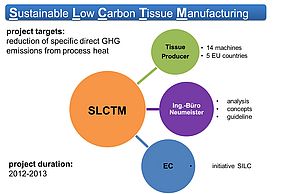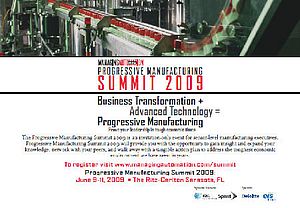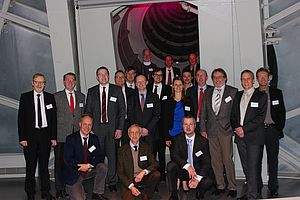Financing energy efficiency projects can be a challengeif no internal budgets are available and traditional credit financing is not an option. The following article shows how institutional investors can be an integral component to financing energy efficiency projects.
Energy Efficiency Projects: Attractive Investment Opportunity
Energy efficiency projects are attractive investments; shortpay backs allow for appealing returns, risks can partially be mitigated with guaranteed performance from technology providers, returns are not correlated to classical markets, and projects have a clear environmental benefit reducing carbon emissions.

In addition, energy efficiency projects have no exit risk and high cash distributions as projects are fully amortized during the project lifetime.
Barriers for Institutional Investors
Despite these advantages, institutional investors have been reluctant to enter the space, particularly within the industrial sector. There are several reasons for this:
- Small size of projects
- Complex contractual setup
- Variable cash flows
- No typical bank guarantees
Overall, institutional investors falsely perceive energy efficiency as complex, with prohibitive transaction costs for the scale of projects.
Energy Efficiency Fund as Solution
Using an investment fund as an intermediary between customers, technology provider and investors can remove these barriers and allow for greater participation by institutional investors.

The fund is mandated to mobilize private capital in the energy efficiency space, by directly investing in energy efficiency projects. The projects are focused on tried and tested technologies and are executed and guaranteed by renowned technology partners.
Bundling projects can level out the risk-return profile and decrease the volatility of the portfolio's performance. Furthermore, it increases the investment volume such that it becomes large enough for institutional investors. A fund structure also reduces investment complexity for investors tremendously.

Partnerships Essential for Success
A fund structure is not only interesting for investors, but for industrial customers and technology providers as well. Implementing energy efficiency projects in cooperation with a fund allows companies to pre-define financing and contractual conditions. This enables to scale up projects over large portfolios of manufacturing plants, reducing complexity and transaction costs for all involved parties. Additionally, a partnership allows to structure performance contracts to customer needs (e.g. off balance sheet treatment). A partnership approach allows to reap the full potential of energy efficiency to significantly reduce the energy bill of industrial customers in the immediate term without taking performance risk nor requiring own capital, making energy efficiency an economic and environmental success.
Article written by Patrick Fankhauser, CEO and co-founder of SUSI Partners, Switzerland

































